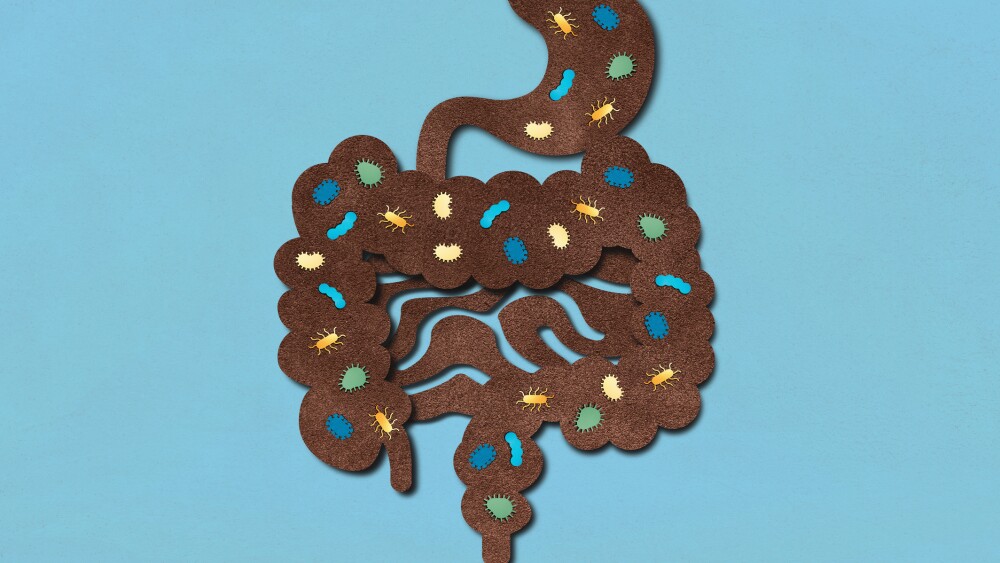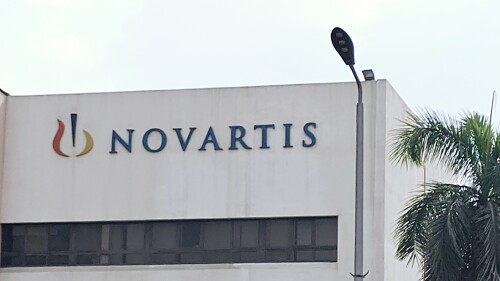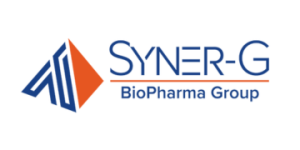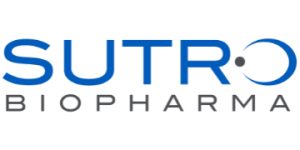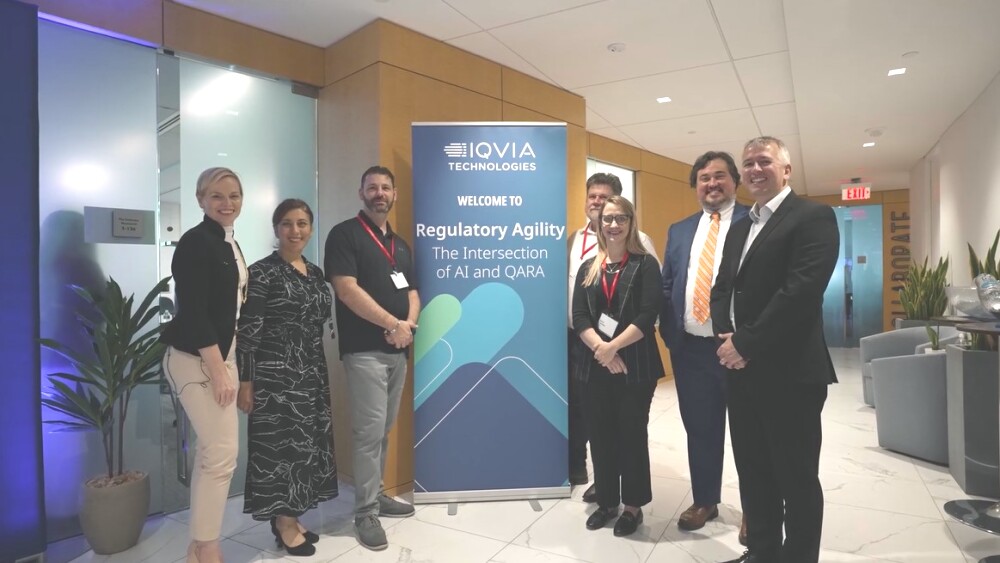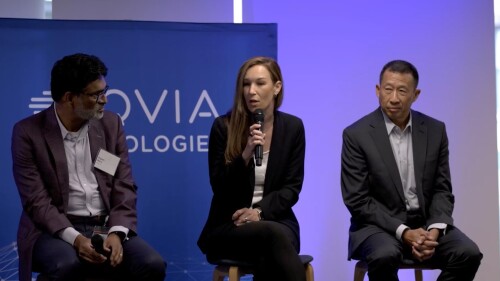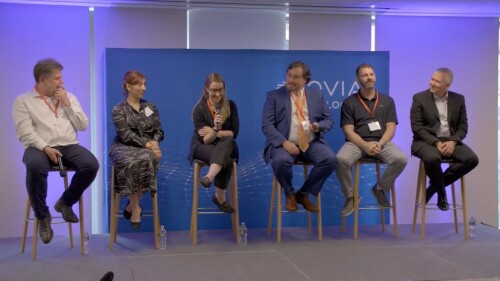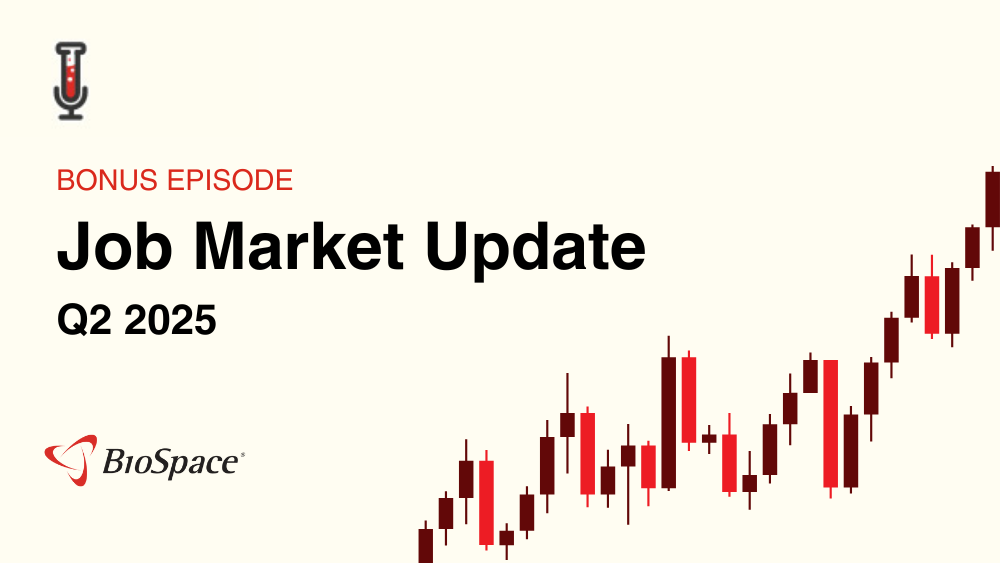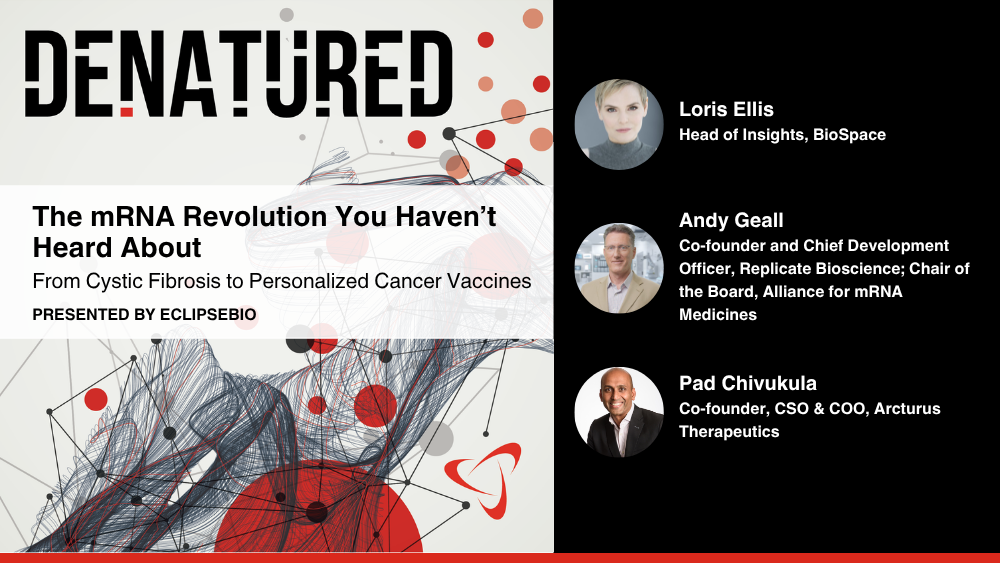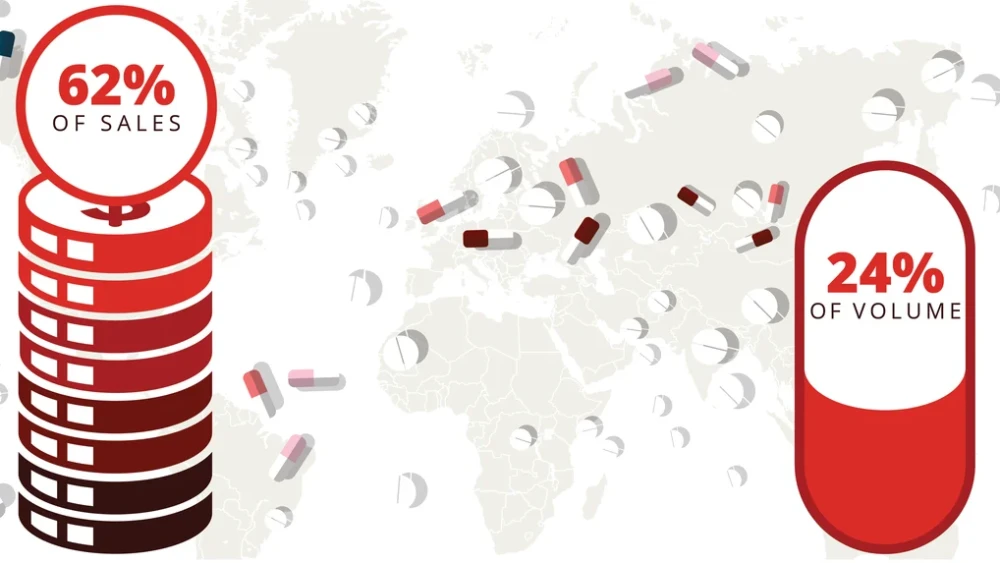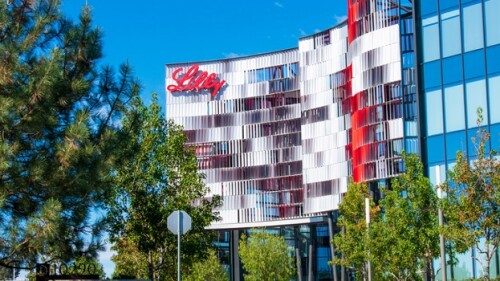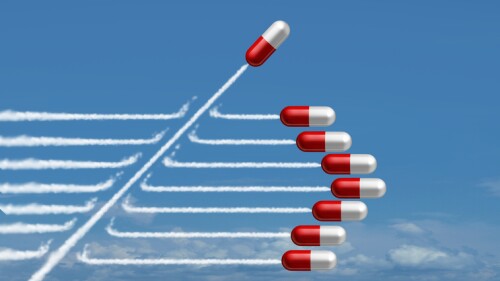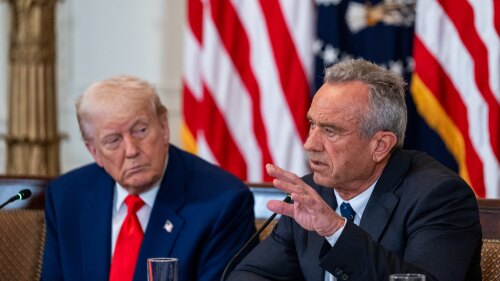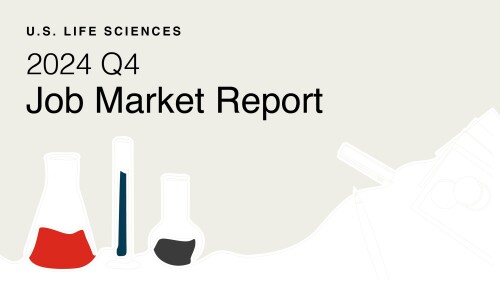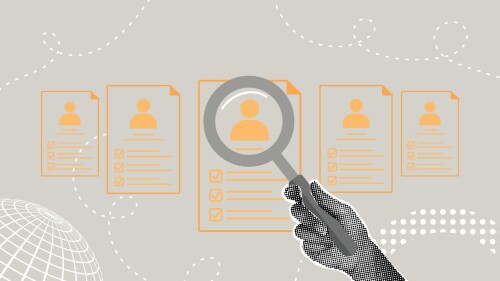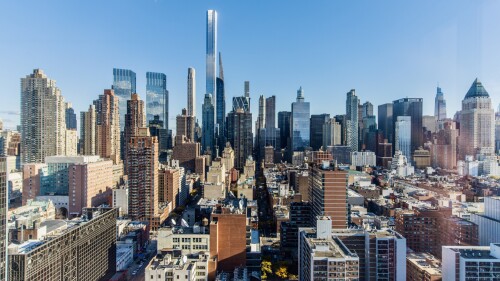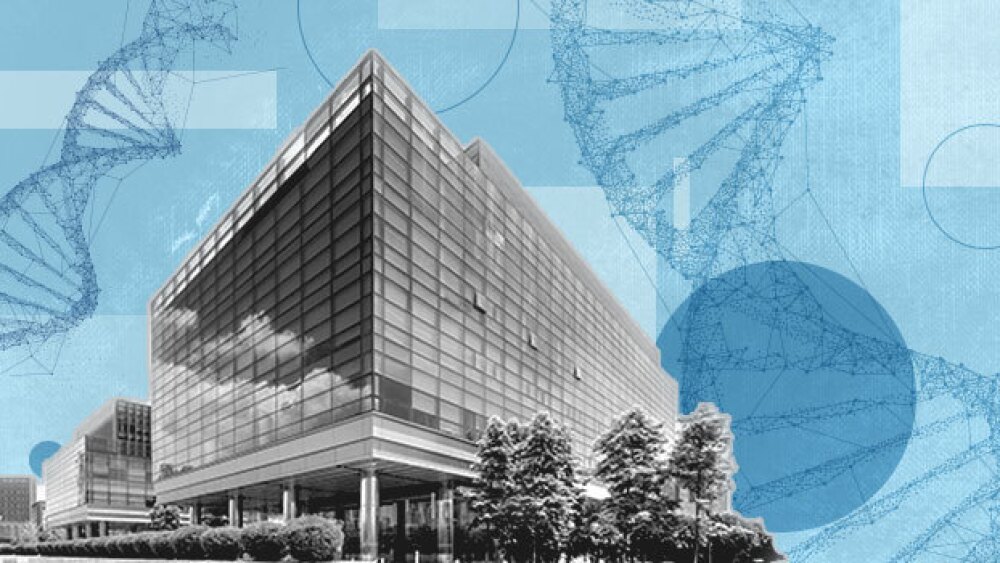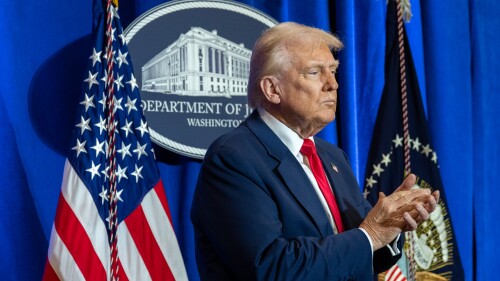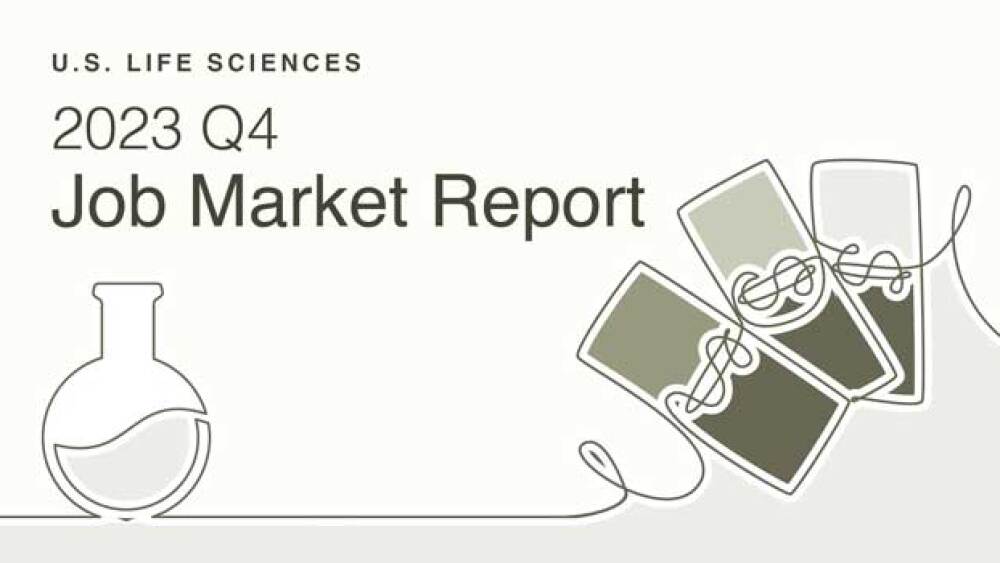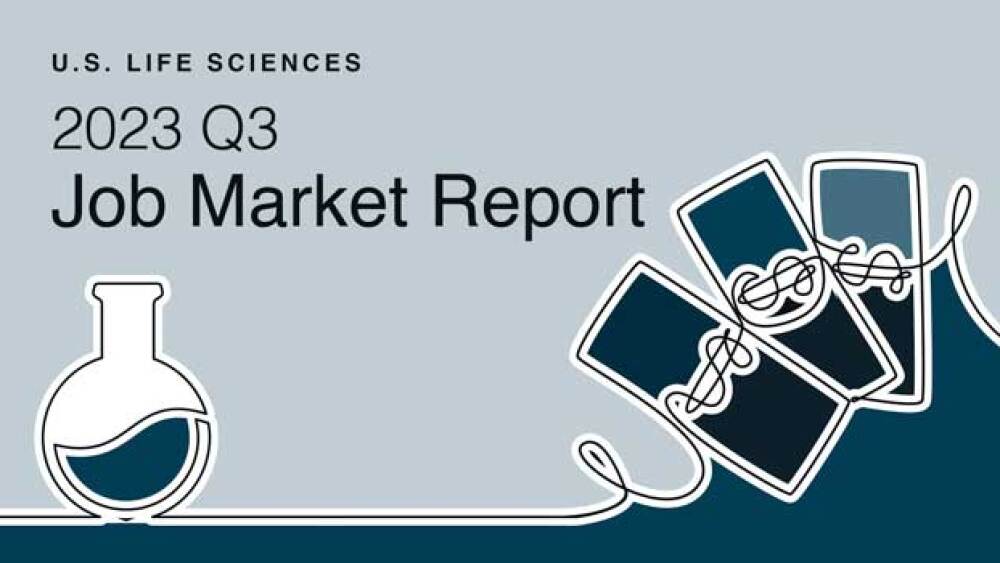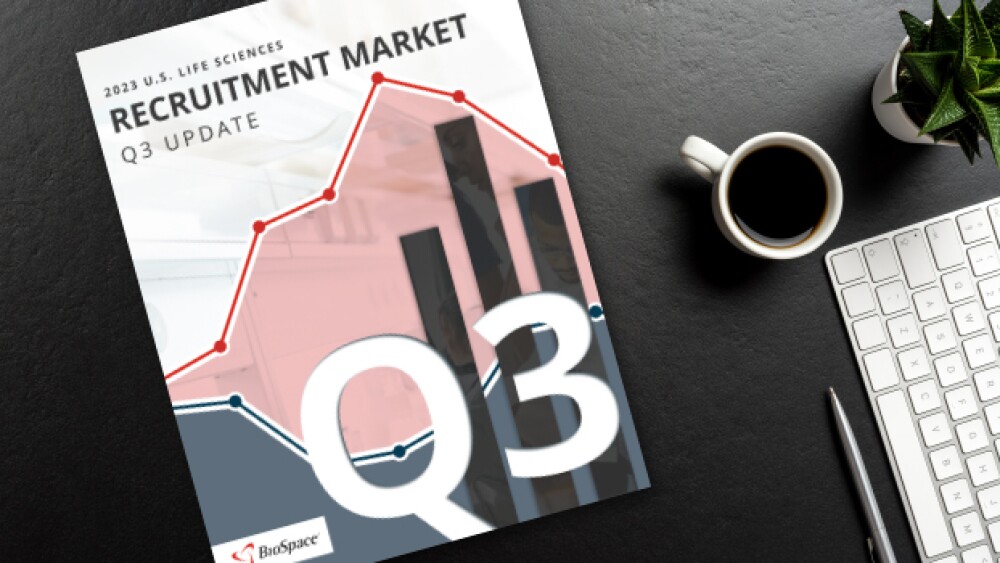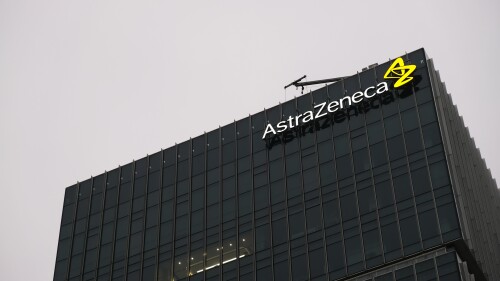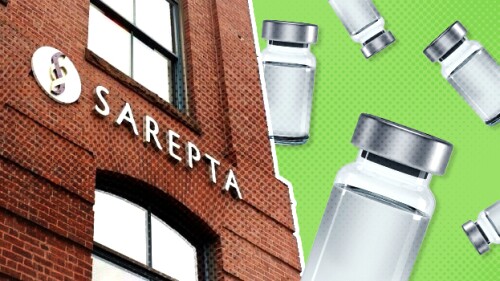Novartis and Argo Biopharma go back to January 2024, when the pharma first bet up to $4.165 billion across two RNAi agreements targeting cardiovascular diseases.
Aside from lowering triglyceride levels, Ionis’ olezarsen reduced acute pancreatitis events, an outcome that BMO Capital Markets said could help the asset deliver a “significant first-in-class commercial launch.”
Data from the late-stage MAPLE-HCM study position Cytokinetics’ cardiac myosin inhibitor aficamten as a potential first-line therapy for patients with obstructive hypertrophic cardiomyopathy.
Health Secretary Robert F. Kennedy Jr. will appear before the Senate Finance Committee Thursday, ahead of a vaccine advisory committee meeting later in September. Meanwhile, deal-making appetite appears healthy, and the weight loss space continues generating clinical data and other news.
Paul Offit, longtime member of the FDA’s vaccine advisory committee and an outspoken critic of Health Secretary Robert F. Kennedy Jr., was recently informed by the Department of Health and Human Services that his services are no longer required.
Vertex Pharmaceuticals commits $45 million upfront to leverage Enlaza Therapeutics’ War-Lock platform to create drug conjugates and T cell engagers for autoimmune diseases and gentler conditioning for sickle cell/beta thalassemia gene-editing therapy Casgevy.
FEATURED STORIES
The HHS secretary recently canceled $500 million worth of BARDA contracts around mRNA vaccine research. But the U.S. government has already spent billions on this work, which has saved millions of lives.
President Donald Trump loves a deal, but Most Favored Nation drug pricing isn’t a good one for anyone.
Novo Nordisk has plummeted back to Earth after a stunning rise driven by Ozempic and Wegovy. Can the storied Danish pharma recover?
After a slow 2024, the biotech shell company Concentra Biosciences is back, offering to buy four biotechs in the past month and seven so far this year.
Sarepta’s troubles had nothing to do with Arrowhead’s assets, and yet both companies have seen their stock prices decline this past month. BioSpace caught up with Arrowhead’s Chris Anzalone to talk about the biotech’s role as an RNAi pipeline savior.
Leaders at Eli Lilly believe heavy investment in the company’s manufacturing footprint “sets a high standard that newcomers may find challenging to match.” At least one of those newcomers disagrees.
LATEST PODCASTS
Around 3,500 FDA employees received termination emails; FDA Commissioner Marty Makary suggests lowering industry user fees and tying review times to drug prices; the regulator opens its trove of complete response letters in the name of transparency; and two companies receive rejections for rare disease therapies.
In this bonus episode, BioSpace’s Vice President of Marketing Chantal Dresner and Careers Editor Angela Gabriel take a look at Q2 job market performance, layoffs and wider employment trends and policies impacting the biopharma workforce.
In this episode presented by Eclipsebio, BioSpace’s head of insights Lori Ellis discusses mRNA and srRNA with Andy Geall of Replicate Bioscience and Alliance for mRNA Medicines, and Pad Chivukula of Arcturus Therapeutics.
Job Trends
The biopharma job market likely won’t turn around until 2026, according to two industry experts. Both cited a need for more investment and noted the impact of uncertainty on the industry.
Subscribe to Genepool
Subscribe to BioSpace’s flagship publication including top headlines, special editions and life sciences’ most important breaking news
SPECIAL EDITIONS
The pace of mergers and acquisitions has accelerated. In this deep dive, BioSpace takes a closer look at the nature of recent deals and the players involved.
In this deep dive BioSpace analyzes the neuropsychedelic therapeutics pipeline, which grabbed headlines in February when the FDA accepted the New Drug Application for Lykos Therapeutics’ MDMA capsules for PTSD.
In this deep dive, BioSpace takes a closer look at the drug price crisis in the U.S. As President Joe Biden and former President Donald Trump gear up for a rematch in the 2024 election, we explore how federal reforms to lower costs could be leveraged on the campaign trail.
DEALS
-
Leading companies spent $1.4 billion upfront on licensing deals and embarked on vast R&D programs. Clinical setbacks mean many companies are unlikely to ever recoup their investments.
-
In May, Revolution Medicines projected its cash and equivalents of $2.1 billion would last into the second half of 2027. With new funding from Royalty Pharma, the biotech has withdrawn that runway end date.
-
On the sidelines of BIO2025, Julie Gilmore, head of Lilly Gateway Labs, shares her thoughts on the $1.3 billion Verve Therapeutics buy, where Lilly’s therapeutic puck is potentially going and how the company is leveraging its unprecedented success in obesity to support young biotechs.
-
BioNTech said in 2022 that it faced “threats of a groundless patent infringement suit” from a company that was “unable to bring to market any product to help in the fight against COVID-19.” Now, the mRNA biotech is buying that very company.
-
Sanofi paid a more than 300% premium on its acquisition of Vigil Neuroscience, suggesting a fierce battle to seal the deal. Across biopharma, companies are sometimes willing to put it all on the line for the right buyout. Novartis’ recent acquisition of Regulus for $800 million upfront provides a case study.
WEIGHT LOSS
-
A retrospective cohort study found that semaglutide and tirzepatide are linked with significantly lower risks of dementia and stroke, hinting at potential neuroprotective effects of GLP-1 therapies.
-
Around 3,500 FDA employees received termination emails; FDA Commissioner Marty Makary suggests lowering industry user fees and tying review times to drug prices; the regulator opens its trove of complete response letters in the name of transparency; and two companies receive rejections for rare disease therapies.
-
The molecule, developed in collaboration with Massachusetts-based Kailera Therapeutics, is headed for a new drug application in China and global clinical trials.
-
New data and analyses presented at the American Diabetes Association’s annual meeting highlight the priorities for the next generation of weight loss medicines: muscle preservation, limited side effects and novel targets.
-
H2 2025 catalysts to watch, biopharma implications of President Trump’s tax law, KalVista’s new hereditary angioedema drug that Marty Makary reportedly tried to reject, another lawsuit aimed at Health Secretary Robert F. Kennedy Jr. and a plea from patients with ALS for access to BrainStorm’s NurOwn.
POLICY
-
A new study in JAMA contradicts a series of statements made by HHS Secretary Robert F. Kennedy Jr. that paint vaccine advisory committees at the CDC and FDA as hopelessly corrupt.
-
A draft copy of the Make America Healthy Again Commission’s latest report, obtained by Politico, focuses on vaccine-related injuries and expediting access to investigational medicines for children—even though the FDA has recently rejected several of them.
-
The move comes after Robert F. Kennedy Jr. received pressure from the Children’s Health Defense, an anti-vaccine non-profit that he co-founded, which last month sued him over his failure to run the “statutorily required Task Force on childhood vaccine,” according to the lawsuit.
-
The Department of Health and Human Services’ mRNA pullback only applies to their use in upper respiratory disease, according to Secretary Robert F. Kennedy Jr.
-
As Trump has pressured drugmakers to lower the cost of medicines in the U.S., the pharma industry has coalesced behind a message of rebalancing what nations pay to better reflect the innovation and value of drugmaking.
Many biopharma professionals view smaller companies as having the best flexibility and remote work options, but that doesn’t mean their larger counterparts are failing in that area. Several professionals, including Apogee Therapeutics and Insmed executives, share their insights.
Check out five New York companies hiring biopharma professionals like you, including 2025 Best Places to Work winners.
Plus, communication errors that cost job offers and how to craft a LinkedIn “About” section
Year-over-year BioSpace data shows there are fewer job postings live on the website and far more competition for them.
At Johns Hopkins University, the biomedical engineering program’s Design Team offering lets undergraduates dive deep into clinical projects that can help them land industry jobs, get provisional patents or even start companies.
Not everyone who completes a life sciences Ph.D. wants to continue working in a laboratory or in research. If this is the case for you, here are 12 careers for Ph.D. life scientists outside of the lab.
HOTBEDS
REPORTS
If it feels like there has never been a tougher time to look for work, you’re not alone—and you’re likely not wrong.
In this job market report we’re reviewing life sciences job market movement in Q3 and what to expect for Q4 and beyond.
This labor market report examines Q3 life science job market trends and the recruitment outlook for Q4 and beyond.
CANCER
-
Sarepta’s Elevidys is back on the market for ambulatory patients with Duchenne muscular dystrophy, Health Secretary Robert F. Kennedy Jr. reportedly plans to dissolve the U.S. Preventive Services Task Force and “fix” the vaccine injury compensation program, Merck, AstraZeneca and more report Q2 earnings, Novo names a new leader and Roche’s trontinemab impresses at AAIC25.
-
Pascal Soriot’s comments came during AstraZeneca’s Q2 earnings call in regard to President Donald Trump’s newly announced European pharma tariffs. The company also announced estimate-beating earnings, with its cancer portfolio driving earnings despite clinical roadblocks.
-
The star of GSK’s Hengrui partnership is the COPD candidate HRS-9821, which will complement the pharma’s respiratory pipeline that’s anchored by the anti-asthma drug Nucala.
-
Second-quarter earnings come amid many high-level challenges for the biopharma industry. How will these five closely watched biotechs fare?
-
The new target action date for Blenrep, which GSK is proposing for the second-line treatment of relapsed or refractory multiple myeloma, is Oct. 23.
NEUROSCIENCE
-
Long-term extension data presented at the Alzheimer’s Association International Conference showed amyloid plaque reaccumulation remained slow at up to 2.5 years of follow-up in patients who were taken off of treatment with Eli Lilly’s anti-amyloid antibody.
-
Long-term data presented at the Alzheimer’s Association International Conference show Leqembi can help patients stay in the earlier stages of Alzheimer’s disease as compared to the condition’s natural progression.
-
In a Phase Ib/IIa trial, 91% of patients receiving the highest dose of trontinemab were amyloid negative after seven months of treatment, representing what B. Riley Securities called a “paradigm shift” to first-generation FDA-approved antibodies.
-
Despite the failure of its Recognify-partnered inidascamine, Jefferies analysts do not expect a definitively negative stock impact on atai, given the company’s promising psychedelic pipeline.
-
Acknowledging the limits of disease-modifying drugs like Leqembi and Kisunla, companies like Bristol Myers Squibb, Acadia, Otsuka and Lundbeck are renewing a decades-old search for symptomatic treatments, including in high-profile drugs like Cobenfy.
CELL AND GENE THERAPY
-
In light of recent patient deaths, the FDA has also revoked its platform designation for Sarepta’s AAVrh74 technology. The designation, granted last month, was the first of its kind to be announced publicly.
-
Amid a season of regulatory and scientific advances, experts reveal a culture of data hoarding among cell and gene therapy developers that is reinforcing fragmentation, stalling innovation and delaying access to treatments.
-
Following the death of two teenage patients with Duchenne muscular dystrophy following Elevidys treatment, Sarepta Therapeutics adds a black box warning to the gene therapy for acute liver injury and failure and parts with more than a third of employees.
-
From Wall Street to real estate to a “big, ugly” pharma building, Mayo Venture Partner Audrey Greenberg reflects on a career defined by taking a leap at just the right moment.
-
The FDA cited manufacturing issues but did not flag problems with Ultragenyx’s data package for UX111, with the biotech noting that the regulator found its neurodevelopmental findings for the gene therapy to be “robust.”

